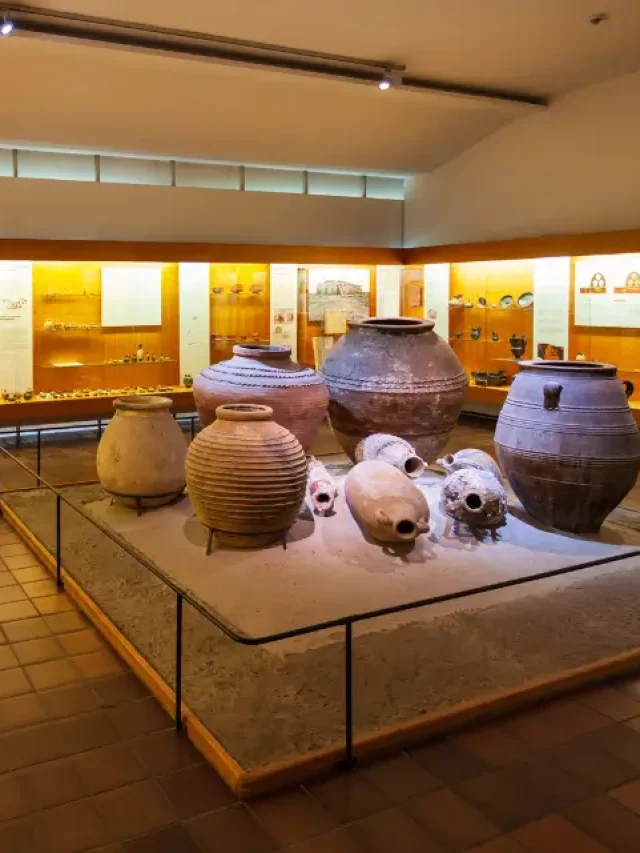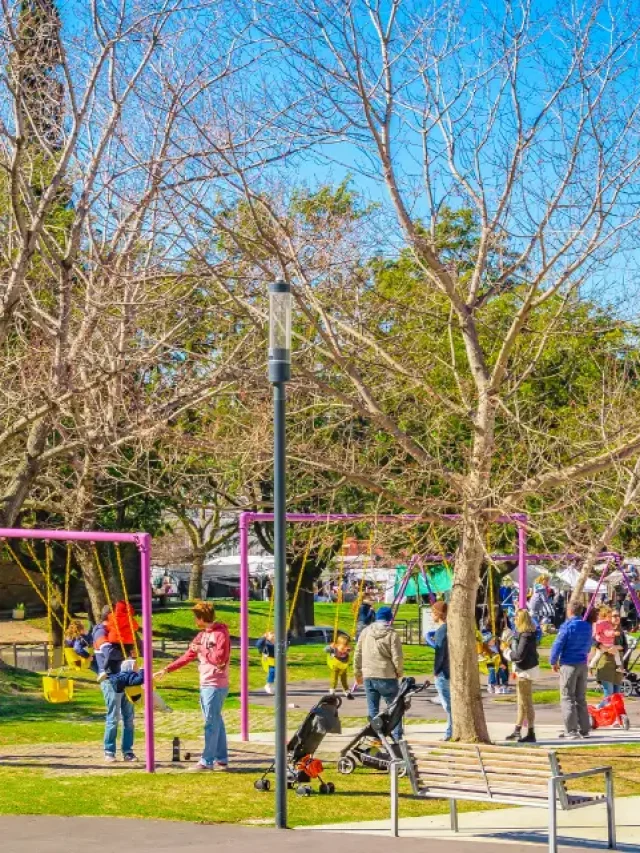Daylight Saving in Australia is a widely practiced system that extends daylight hours during warmer months. This adjustment allows Australians to enjoy an extra hour of daylight each day for nearly six months. Only some states and territories follow daylight saving in Australia, while others continue with standard time.
In this guide, we’ll explore everything about Daylight Saving in Australia, including its advantages and disadvantages, challenges, impact on daily life, and essential tips for international students adapting to daylight saving in Australia. Let’s dive in!
This Blog Includes:
What is Daylight Saving in Australia?
Daylight Saving in Australia involves shifting the clocks forward by one hour in summer and setting them back in autumn. This change extends daylight hours in the evening, reducing the need for artificial lighting. Daylight saving in Australia aims to optimize energy use and improve work-life balance.
One of the main advantages of daylight saving in Australia is the extended daylight, which encourages outdoor activities, reduces electricity consumption, and aligns with global business hours. However, some drawbacks include sleep disruption and difficulties for industries like agriculture.
DST helps conserve energy and maximize the usage of daylight. However, it isn’t usually practiced in regions near the equator due to minimal variation in dawn and dusk times.
Also Read: If you are a theatre enthusiast, then you must read our blog on Theatres in Australia
How long does Daylight Saving Last in Australia?
Daylight saving in Australia starts on the first Sunday of October when the clocks are advanced by one hour, extending the allure of an Australian summer. the DST in Australia ends on the first Sunday of April when the clocks are set one hour earlier. This change was first implemented during World War I in 1916 to save energy, and it continues today.
Which States Observe Daylight Saving in Australia?
The Australian Capital Territory, New South Wales, South Australia, Victoria, Tasmania, and Norfolk Island observe daylight saving in Australia. So if you are living in any of the student housing in Australia in these area, you will be able to observe this.
However, Queensland, the Northern Territory, Western Australia, Christmas Island, and the Cocos (Keeling) Islands do not follow daylight saving time in Australia. This leads to Australia having three main time zones during the winter months and five during the summer.
Effects of Daylight Saving in Australia on Daily Life
While “springing forward” every year might seem disruptive, there are several benefits to the daylight saving in Australia. Firstly, there is more light to enjoy, which can enhance mood. Secondly, it minimizes energy consumption and saves money. Thirdly, it reduces crime rates during Daylight Saving Time. Lastly, it increases tourism as more daytime means more time to relax and enjoy the outdoors.
It is also important to note that Daylight Saving Time in Australia can cause short-term health problems, such as sleep disorders and exhaustion. To counteract these issues, you can adopt certain stress management activities in your day-to-day routine
Further Read: If you want to compare the cost of living in Australia and the UK, then you must read our blog Cost of Living in Australia vs the UK
Daylight Saving Time Today
The daylight saving time in Australia followed today is as per the Energy Policy Act of 2005 being in effect since 2007. Still, less than 40% of countries in the world use daylight saving time. In the process of daylight saving time, the clocks are always set one hour back or ahead. However, on Lord Howe Island, Australia, clocks are set only 30 minutes forward from LHST (UTC+10:30) to LHDT (UTC+11) during DST.
You will find various variations of adjustment of time like either half adjustment or double adjustment. Half adjustment means adjusting for 30 minutes while double adjustment means adjusting for 2 hours. There are instances of 20 and 40 minutes adjustments as well.
Daylight Saving in Australia plays a key role in managing time, conserving energy, and influencing daily life. While some states enjoy the benefits of Daylight Saving in Australia, others prefer standard time. Understanding the effects of Daylight Saving in Australia helps individuals and businesses adjust to seasonal time changes effectively.
FAQs on Daylight Saving in Australia
Daylight Saving in Australia shifts clocks forward by one hour in summer and back in autumn. This change extends daylight hours in the evening, reducing the need for artificial lighting. It aims to optimize energy use and improve work-life balance.
The Australian Capital Territory, New South Wales, South Australia, Victoria, Tasmania, and Norfolk Island follow daylight saving in Australia. These regions adjust their clocks by one hour during summer. The change helps align work hours with daylight.
Queensland, the Northern Territory, Western Australia, Christmas Island, and the Cocos (Keeling) Islands do not observe daylight saving in Australia practice. These areas maintain the same time throughout the year. Their proximity to the equator results in minimal daylight variation.
DST reduces electricity consumption, boosts tourism, and encourages outdoor activities. It also aligns business hours with international markets. More daylight in the evening improves quality of life.
DST can disrupt sleep patterns and affect industries like agriculture. Some people experience fatigue and difficulty adjusting to the time change. It also creates time zone complexities across the country.
No, while most states move clocks by one hour, Lord Howe Island shifts by only 30 minutes. Some regions around the world also follow different time adjustment rules. Variations exist based on location and government policies.
It helps businesses align with international markets, improving efficiency. However, non-DST regions may face scheduling challenges with other states. The time change can also impact flight schedules and financial transactions.
No, less than 40% of countries use DST, mostly in higher latitudes. Equatorial regions do not follow it due to minimal daylight variation. Many countries have debated its effectiveness in modern times.
No, several countries worldwide, including the United States, Canada, and parts of Europe, practice Daylight Saving Time.
In Australia, clocks are advanced by one hour during warmer months (October to April) to extend daylight hours.
Daylight Saving starts on the first Sunday of October and ends on the first Sunday of April. Clocks are moved forward by one hour in October and set back by one hour in April. This adjustment helps maximize daylight hours during summer.
The benefits of Daylight Saving in Australia include more daylight for enjoyment, reduced energy consumption, lower crime rates, and increased tourism.
Thank you for reading our blog on Daylight saving in Australia. We hope you liked this blog. So, whether you’re planning a study trip or just exploring the local culture, understanding DST can make your time in Australia smoother and more enjoyable. For booking the best accommodation abroad to start your study abroad experience you can contact Fly Homes at 1800572118.
Follow Us on Social Media




























